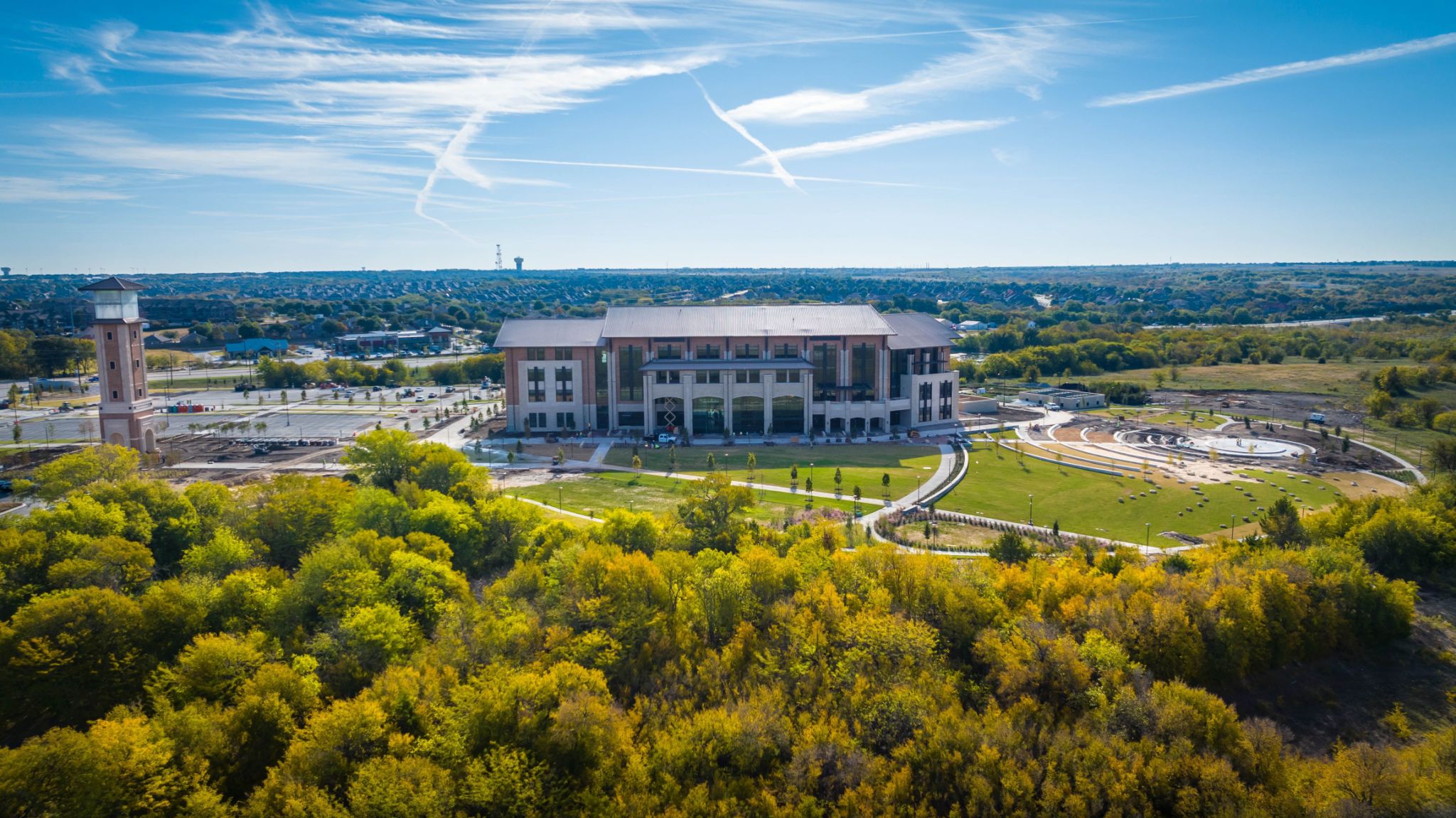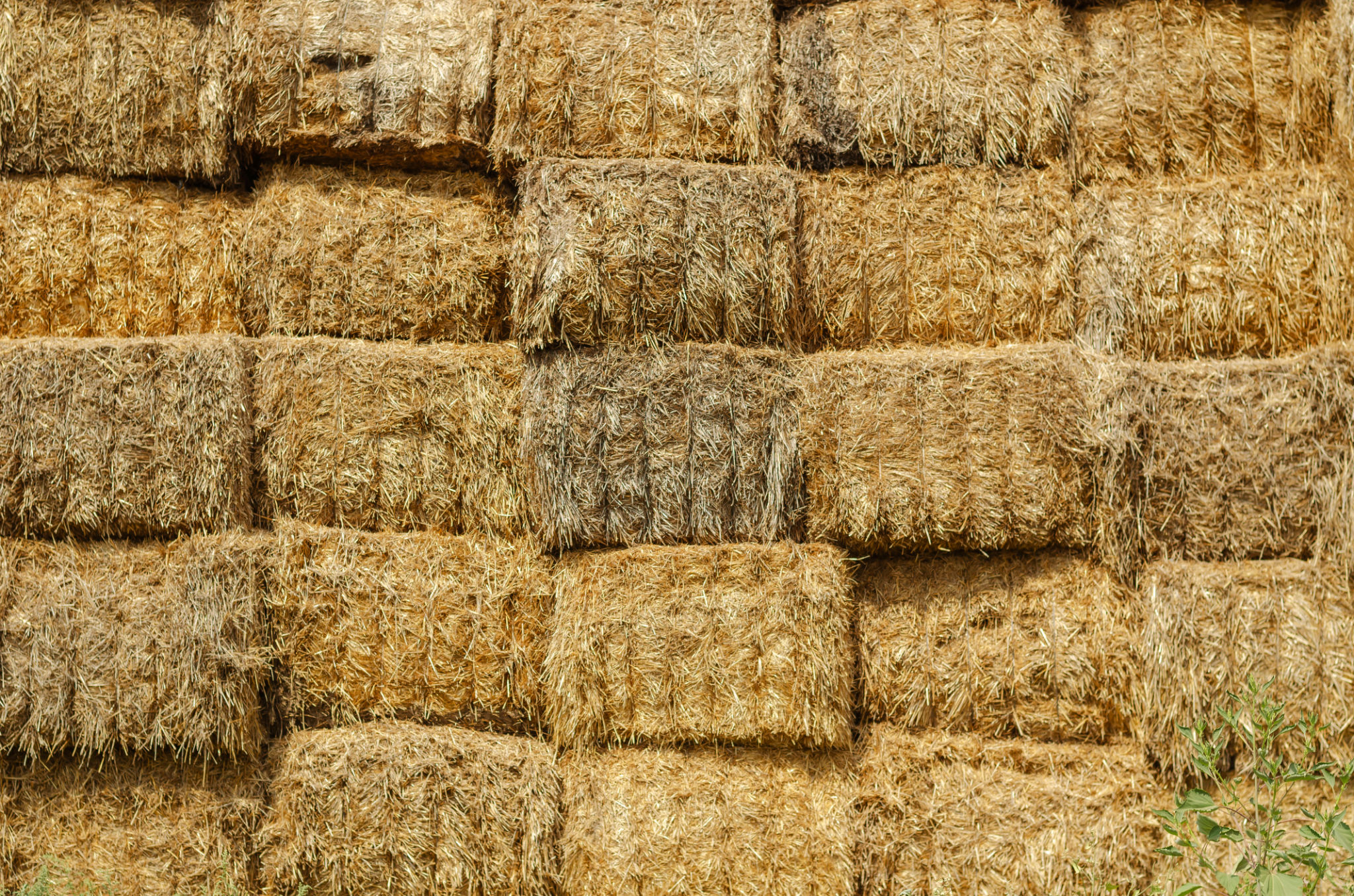Seasonal Hay Harvesting Tips for North Texas Farmers
Understanding the Hay Harvesting Season in North Texas
North Texas is a region characterized by its distinctive climate, which significantly impacts the hay harvesting season. The area typically experiences hot summers and mild winters, creating a unique environment for hay production. Farmers must be attuned to these climate patterns to optimize their yield. Timing is crucial, as harvesting at the right moment can enhance both the quality and quantity of the hay.
In North Texas, the primary hay harvesting season generally spans from late spring to early fall. However, specific timing can vary based on weather conditions and the type of forage being cultivated. Understanding these nuances can help farmers make informed decisions about when to cut, cure, and bale their hay.

Choosing the Right Hay Variety
Selecting the appropriate hay variety is essential for a successful harvest. In North Texas, popular choices include Bermuda grass, Bahia grass, and various types of clover. Each type has its own benefits and ideal growing conditions. For instance, Bermuda grass is well-suited to the warm climate and provides a hardy, reliable crop.
Farmers should consider soil conditions, water availability, and the nutritional needs of their livestock when selecting a hay variety. Testing soil and understanding nutrient requirements can lead to more informed decisions and better crop outcomes.
Preparation and Equipment
Adequate preparation is key for a smooth hay harvesting process. This involves ensuring that all equipment is in good working order before the season begins. Common tools include mowers, tedders, rakes, and balers. Regular maintenance checks can prevent unexpected breakdowns during critical harvesting times.

It’s also important to prepare storage spaces for the harvested hay. Bales should be stored in a dry, well-ventilated area to prevent mold growth and preserve quality. Proactive planning can help avoid losses caused by inadequate storage conditions.
Monitoring Weather Conditions
Weather plays a pivotal role in hay harvesting, particularly in North Texas where conditions can be unpredictable. Farmers must closely monitor forecasts to avoid rain during the cutting and drying phases. Wet weather can significantly reduce hay quality and lead to spoilage.
- Check forecasts regularly: Use reliable sources to stay updated on weather changes.
- Plan around dry spells: Aim to cut and bale during extended periods of dry weather.
- Be flexible: Adapt plans as needed based on updated weather information.

Best Practices for Harvesting
Once the hay is cut, it needs to be properly dried before baling. This process, known as curing, is crucial for maintaining hay quality. Farmers should aim for a moisture content of around 15-20% before baling to prevent mold development and ensure longevity.
Raking the hay into windrows can help speed up the drying process by exposing more surface area to sunlight and air movement. Additionally, using a tedder can help fluff up the hay and further aid in drying.
Post-Harvest Management
After the hay has been baled, proper post-harvest management is essential to maintain its quality. Store bales off the ground on pallets or tires to prevent moisture absorption from the soil. Covering bales with tarps or storing them indoors can shield them from rain and sun damage.
Regularly inspect stored hay for signs of mold or pests. Address any issues promptly to preserve feed quality for livestock throughout the year.

By following these seasonal hay harvesting tips, North Texas farmers can maximize their yields and ensure high-quality forage for their livestock. Staying informed about best practices and adapting to changing conditions will help produce a successful harvest season after season.
